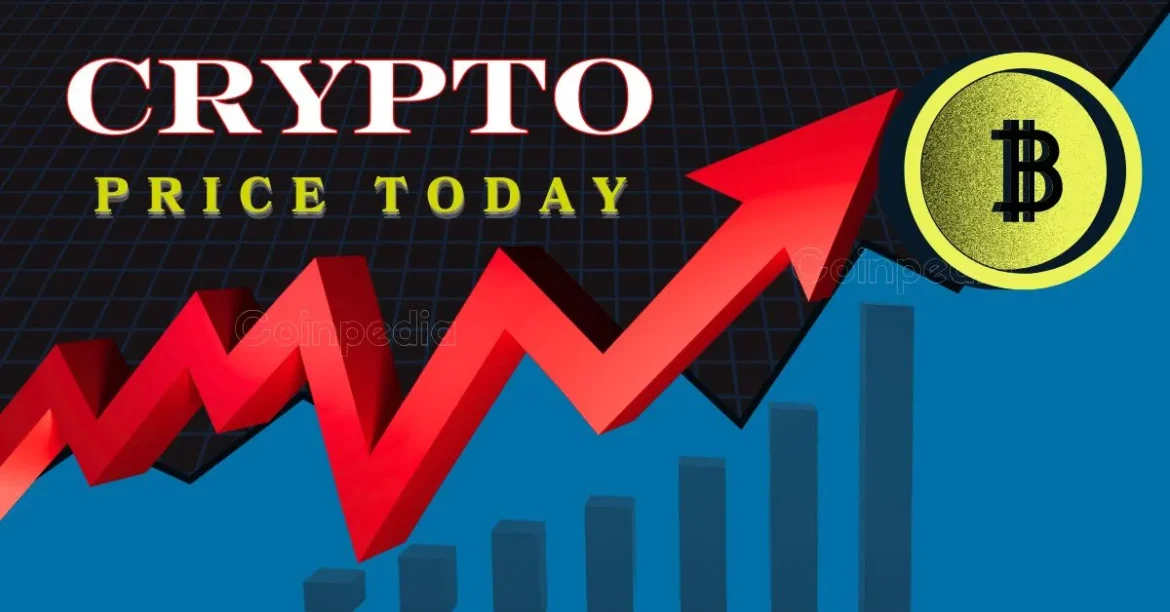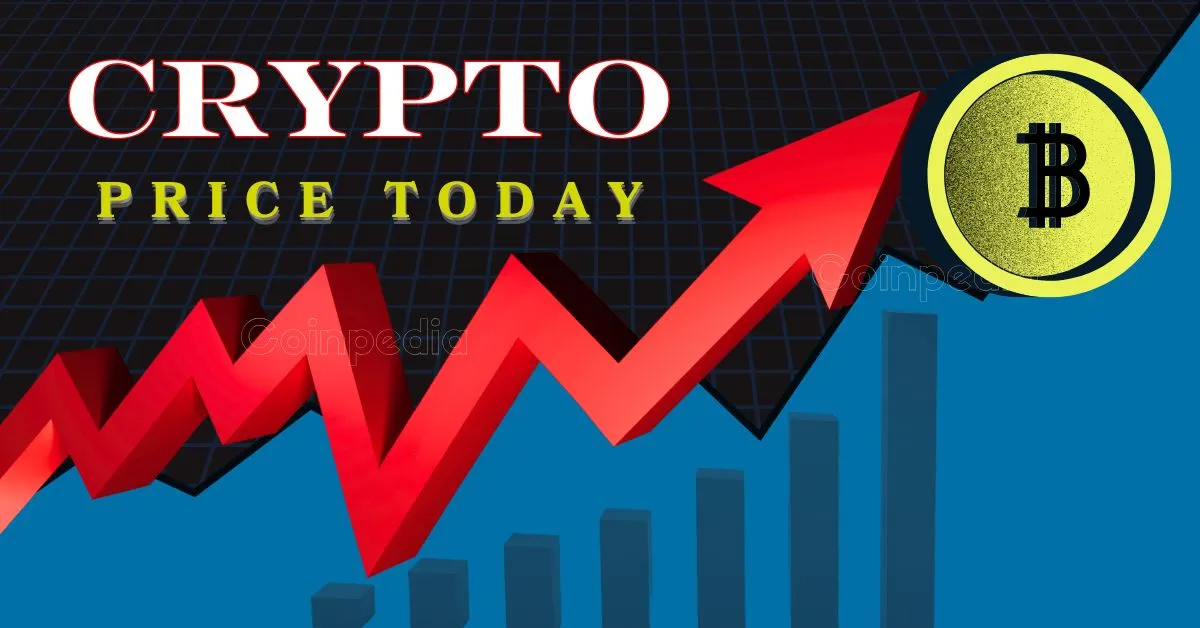Cryptocurrency markets are renowned for their dramatic fluctuations, which can ripple through multiple assets simultaneously, creating a cascade of price movements and liquidations. The recent downturn across key cryptocurrencies like Bitcoin (BTC), Ethereum (ETH), Ripple’s XRP, and Pi Network (PI) offers a compelling case study to dissect the forces shaping market behavior, trader sentiment, and the intricate dynamics of crypto trading.
Anatomy of a Crypto Market Crash: What Happened?
In a short span, the crypto market witnessed a sharp downturn with BTC, ETH, XRP, and PI prices all declining notably. Bitcoin slipped below a crucial psychological level of $100,000, Ethereum dropped by around 10%, and XRP fell more than 4%. The Pi Network token also experienced price erosion. This cascade was accompanied by an enormous $202 million worth of liquidations, with some sources estimating over $600 million in liquidations over a several-day period when broader market panic set in.
The liquidations occurred predominantly in leveraged positions, where traders borrow capital to amplify their bets. When prices move against these leveraged trades, forced selling triggers further price drops, creating a feedback loop that accelerates losses. This domino effect is a signature feature of crypto market crashes, especially in highly volatile environments.
Driving Forces Behind the Decline
Several intertwined factors contributed to the market turmoil:
Geopolitical Tensions and Macro Events
Cryptocurrencies are highly sensitive to broader geopolitical landscapes. Recent strikes on Iran’s nuclear facilities and rising global tensions amplified uncertainty. Geopolitical events often push investors to liquidate risky assets like cryptocurrencies in favor of safer havens, triggering sharp sell-offs. The interconnectedness of global markets means that any significant geopolitical event can have immediate repercussions on crypto prices, as seen in the recent downturn.
Regulatory Ambiguity and Policy Fears
The lingering uncertainty surrounding regulation remains a major overhang. Speculative interest in assets like XRP has been partly fueled by hopes for ETF approvals and better regulatory clarity. However, any delays or adverse policy moves, including fears stemming from legacy Trump-era tariffs or ambiguous U.S. financial policies, sporadically unsettle markets. Regulatory clarity is crucial for investor confidence, and any ambiguity can lead to sudden sell-offs, as seen in the recent market movements.
Market Structure and Speculative Behavior
Trading volumes surged even as prices fell, notably a 23.78% increase in XRP’s volume on some days, indicating rising speculative interest amid volatility. This paradox of high volume during declines points to aggressive trading, rapid position flipping, and “panic-selling”. The speculative nature of crypto markets means that traders often react impulsively to price movements, exacerbating volatility. This behavior was evident in the recent liquidations, where leveraged positions were particularly vulnerable.
Technical Factors and Expiry Events
Options expirations and technical breakdowns of support levels caused additional pressure. Bitcoin, Ethereum, and altcoins breaking below important price floors triggered stop-loss orders and margin calls, leveling markets down further. Technical analysis plays a significant role in crypto trading, and when key support levels are breached, it can lead to a wave of sell-offs. The recent market downturn was exacerbated by these technical factors, contributing to the overall decline.
Ripple (XRP) Amidst the Storm
XRP’s 4.7% decline to around $2.08 dragged its market capitalization to approximately $123 billion. Despite this, the jump in its trading volume suggests heightened speculative activity. XRP stands at a crossroads influenced by ongoing legal battles, future ETF prospects, and potential regulatory reforms. Its volatility exemplifies the crypto market’s blend of opportunity and risk. The legal battles surrounding XRP have added an extra layer of uncertainty, making it particularly vulnerable to market swings.
Ethereum’s Recovery Signals and Volatility
Ethereum showed a dramatic fall but also signs of potential recovery. Technical patterns such as a bullish pennant forming in the ETH/BTC pair hint at possible rebounds, reflecting Ethereum’s strong underlying demand amid shifting market rhythms. Still, ETH’s drop by nearly 10% and sharp liquidation figures indicate vulnerability to sudden market shocks. Ethereum’s resilience is partly due to its strong use case in decentralized finance (DeFi) and non-fungible tokens (NFTs), which provide a solid foundation for recovery.
The Role of the Pi Network Token
Pi Network’s decline adds another layer to the market complexity. As a newer entrant with a growing user base but uncertain fundamentals, PI token moves often mirror broader market sentiment swings. Its price fall amid the liquidation storm shows how emerging tokens remain highly susceptible to market-wide shocks. The Pi Network token’s volatility highlights the risks associated with newer cryptocurrencies, which often lack the stability and institutional support of more established assets.
Market Psychology: Fear, Speculation, and Opportunity
Crypto markets are driven as much by psychology as by fundamentals. The $202 million liquidation spike is a manifestation of fear and rapid deleveraging, often causing contagion through cross-market linkages. Yet, increased volumes during sharp declines point to opportunistic behavior by some participants, betting on rebounds or exploiting volatility. Analysts note that sell-offs coupled with rising volumes frequently precede a market bottom and rebound, as “panic-selling” exhausts short-term holders, paving the way for more measured accumulation.
Forward Look: Stability or Continued Volatility?
The market’s path ahead remains uncertain. Stabilization signs appear as Bitcoin, Ethereum, and altcoins cluster near critical support levels, but geopolitical and macroeconomic risks linger. Regulatory clarity, geopolitical de-escalation, and positive adoption developments could catalyze a sustained recovery. Investor caution is warranted as volatility episodes are likely to persist given crypto’s nascent nature and ongoing integration with traditional financial ecosystems.
Conclusion: Navigating Crypto’s Rollercoaster
The recent price falls and liquidations across BTC, ETH, XRP, and PI illustrate the fragile balance within cryptocurrency markets, where external shocks, internal dynamics, and trader psychology converge to create dramatic moves. Understanding the multifaceted causes of such declines—geopolitical risk, regulatory uncertainty, market mechanics, and speculative behaviors—equips investors and traders to navigate these turbulent waters more astutely.
While crashes sting, they also present critical recalibration points, revealing underlying resilience and assumptions. As market participants digest these events, the crypto domain continues evolving—its volatility both a risk and an invitation to those prepared for the ride. The recent market downturn serves as a reminder of the importance of risk management and the need for a long-term perspective in the volatile world of cryptocurrency trading.





